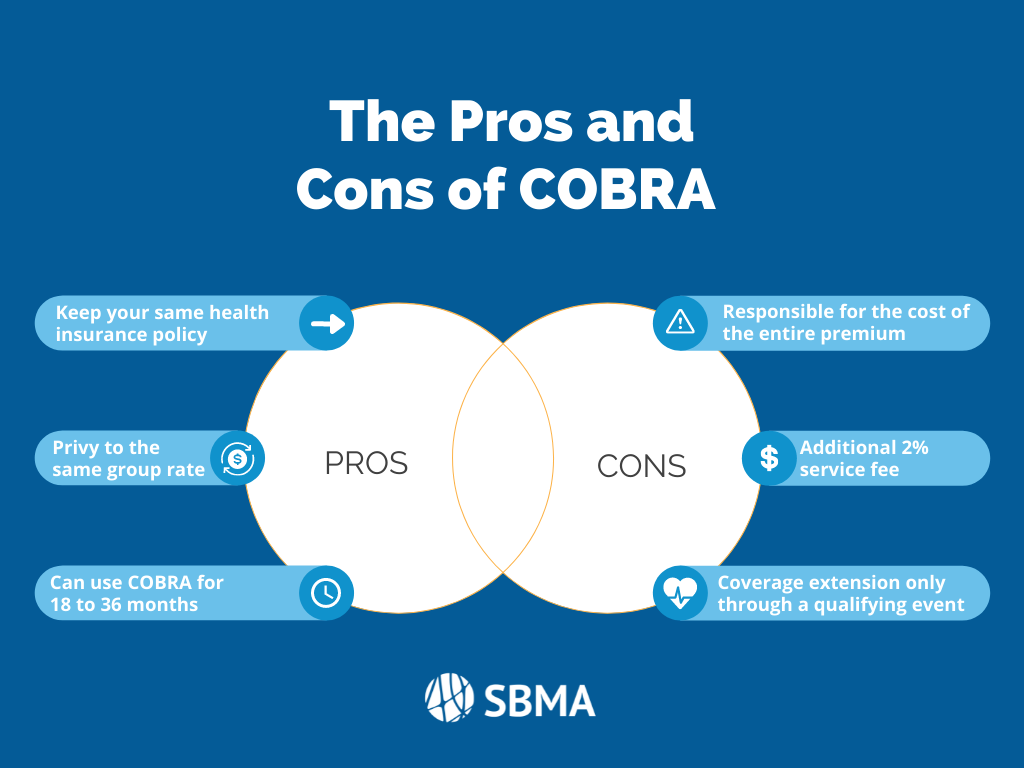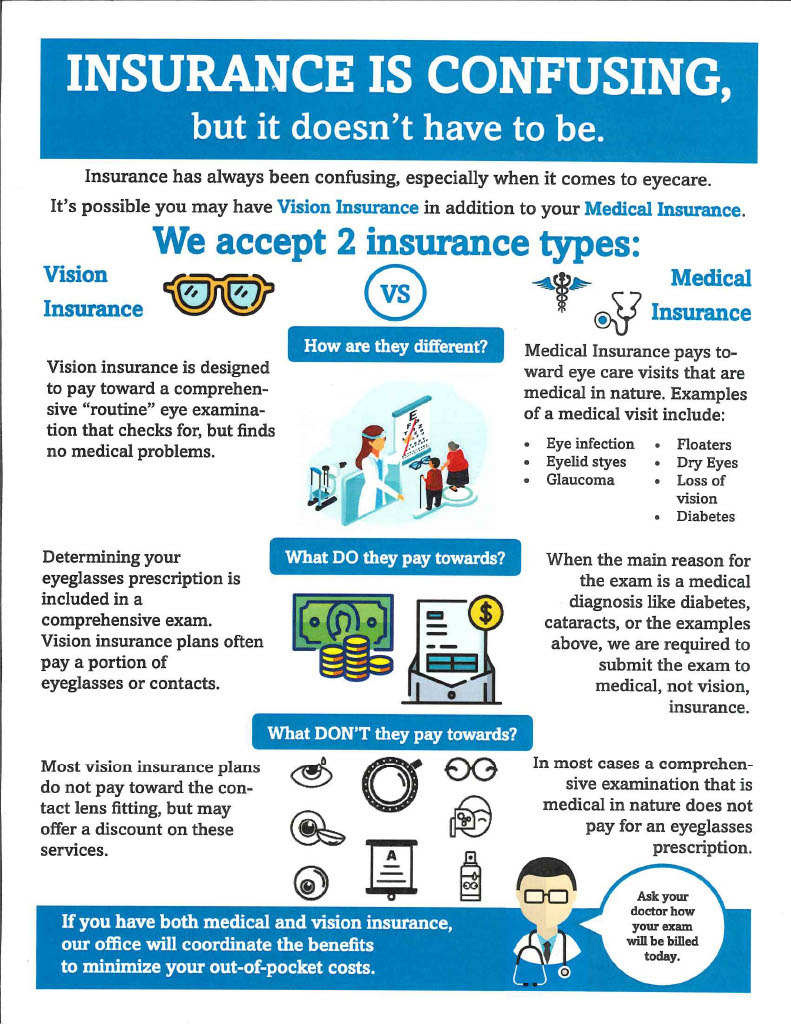Medicare Advantage Agent Fundamentals Explained
Table of ContentsThe Ultimate Guide To Medicare Advantage AgentThe Basic Principles Of Medicare Advantage Agent Everything about Medicare Advantage Agent
:max_bytes(150000):strip_icc()/types-of-employee-benefits-and-perks-2060433-Final-edit-60cedb43c4014fdeb51aa3cd3c25f027.jpg)

follows from confusing the perplexing young reasonably profile of the uninsured with the better health, health and wellness average, of younger persons. For those without access to office wellness insurance coverage, poor health and wellness is a possible barrier to buying nongroup protection due to the fact that such insurance coverage may be extremely valued, leave out pre-existing conditions, or be just inaccessible. Unless or else kept in mind, national price quotes of individuals without health and wellness insurance policy and percentages of the population with different kinds of coverage are based on the CPS, the most extensively used resource of price quotes of insurance policy coverage and uninsurance prices.

The 8-Minute Rule for Medicare Advantage Agent
The connection in between wellness insurance policy and accessibility to care is well established, as documented later on in this phase. The partnership between health insurance coverage and wellness outcomes is neither direct neither straightforward, a comprehensive clinical and health and wellness services research study literature web links health and wellness insurance policy coverage
to improved access to care, better much betterHigh quality and improved boosted and population health health and wellnessStanding The 2nd record, on individual wellness end results for uninsured grownups, is represented by the innermost circle of the number, while the 3rd report, on household well-being, includes the topics of the 2nd record but highlights a various system of evaluation, particularly, the family.
Additionally, it focuses especially on those without any type of health insurance policy for any size of time. The problems faced by the underinsured are in some aspects similar to those encountered by the uninsured, although they are typically less extreme. Uninsurance and underinsurance, nevertheless, include clearly various plan concerns, and the methods for addressing them may differ. Throughout this research study and the 5 reports to comply with, the main focus is on individuals without any medical insurance and hence no assistance in spending for healthcare beyond what is readily available through charity and safeguard organizations. Health and wellness insurance is a powerful aspect affecting invoice of care due to the fact that both patients and physicians respond to the out-of-pocket rate of services. Health insurance coverage, nonetheless, is neither required neither enough to get to medical services. Nevertheless, the independent and direct effect of wellness
insurance policy coverage on access to health and wellness solutions is well established. Others will get the healthcare they need even without health and wellness insurance coverage, by paying for it out of pocket or seeking it from carriers who provide care totally free or at highly subsidized prices. For still others, medical insurance alone does not make certain receipt of treatment as a result of other nonfinancial barriers, such as an absence of wellness treatment carriers in their area, minimal accessibility to transportation, illiteracy, or linguistic and cultural differences. Formal research study regarding without insurance populaces in the USA dates to the late 1920s and very early 1930s when the Committee on the Expense of Healthcare generated a collection of records regarding financing physician office check outs and hospitalizations. This concern came to be salient as the numbers of clinically indigent climbed up throughout the Great Clinical depression. Empirical studies consistently sustain the web link in More Bonuses between accessibility to care and boosted health outcomes(Bindman et al., 1995; Starfield, 1995 ). Having a normal resource of treatment can be thought about a forecaster of gain access to, as opposed to a direct measure of it, when wellness end results are themselves made use of as access indicators. This expansion of the notion of gain access to measurement was made by the IOM Board on Keeping An Eye On Access to Personal Health And Wellness Care Provider(Millman, 1993, p. Whether or not parents are guaranteed shows up to affect whether or not their youngsters receive treatment as well as exactly how much careeven if the kids themselves have insurance coverage(Hanson, 1998). The health of parents can impact their capability to care for their youngsters and the level of household stress. Bothering with their kids's accessibility to care is itself a resource of stress and anxiety for parents. Three phases comply with in this report. Chapter 2 supplies an introduction of just how employment-based medical insurance, public programs and private insurance coverage run and connect to offer comprehensive yet incomplete protection of the united state population. This consists of a review of historical patterns and public plans impacting both public and private insurance coverage, a discussion of look at here now the interactions among the different kinds of insurance coverage, and an assessment of why people relocate from one program to one more or end up
